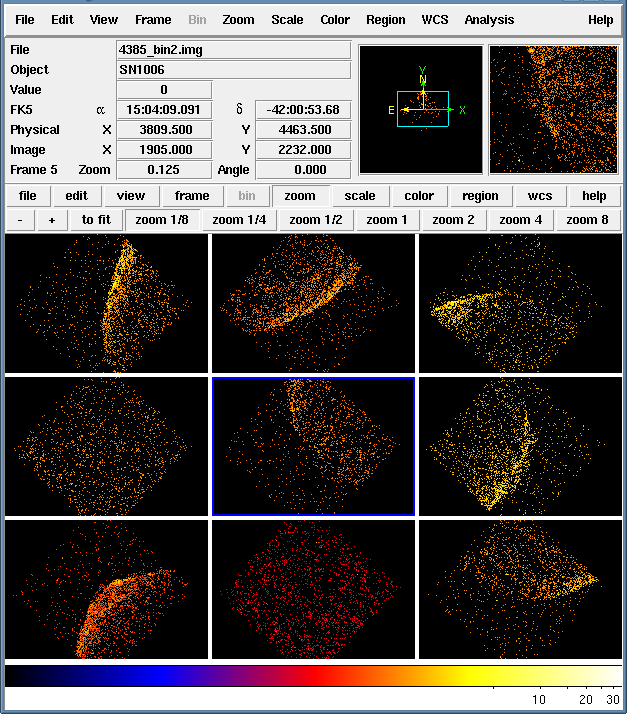
If an image has multiple wcs's defined, use wcs# to specify which wcs to use for all wcs references.

The default is the first header, or tile 1. In this case, use tile to specify which header to use in all coordinate conversions. While some coordinate systems are unique across mosaic images, others coordinate systems, such as image, or physical, are valid on a per segment basis. For this purpose, the following keywords are recognized: PHYSICAL # pixel coords of original file using LTM/LTV Strings may be quoted with " or ' or įor each region, it is important to specify the coordinate system used to interpret the region, i.e., to set the context in which the position and size values are interpreted. Not all properties are available via the GUI or are applicable for all regions.Īll regions may have text associated with them. In addition, the Line, Point, and Ruler regions have unique properties, not shared by others. It is set via '+' or '-' preceding the region. The exception is the Include/Exclude property. Properties are defined for a region in the comment section of the region description. Usage: bpanda x y startangle stopangle nangle inner outer nradius Įach region has a number of properties associated with the region, which indicates how the region is to be rendered or manipulated. Usage: epanda x y startangle stopangle nangle inner outer nradius Usage: panda x y startangle stopangle nangle inner outer nradius Usage: vector x1 y1 length angle # vector= Usage: ellipse x y radius radius angle# fill= DS9 supports a number of region descriptions, each of which may be edited, moved, rotated, displayed, saved and loaded, via the GUI and XPA. Regions may also be used for presentation purposes.

Regions provide a means for marking particular areas of an image for further analysis.


 0 kommentar(er)
0 kommentar(er)
